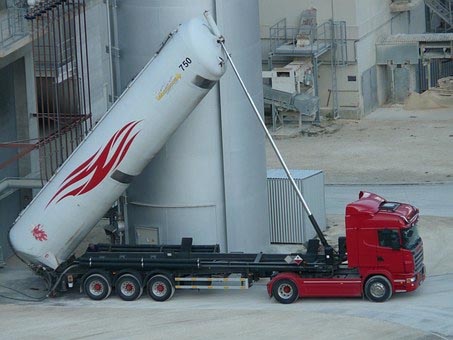
There is a wide range of position sensing technology used in various industrial applications. One specific type of sensor, a hall-effect rotary sensor, is widely used as a sensing device for vehicles such as buses, trucks, cars, and boats. While most sensors operate using an electromechanical principle, hall-effect rotary sensors use a magnetic field to measure the angular position of a moving object.
Hall-effect sensor technology is non-contact and does not use wipers or brushes to detect displacement. Without brushes or wipers, hall-effect sensors have higher resistance to wear and tear. Friction damages internal sensor mechanisms resulting in frequent replacements. Non-contact sensors offer unlimited readability and increased service life.
Specifications when choosing a hall-effect rotary sensor
Engineers need to consider a number of factors when choosing a hall-effect rotary sensor.
- Durability. When considering how durable a hall-effect rotary position sensor is, you need to begin by assessing the working environment. Harsh working conditions require some type of environmental sealing or protection according to industry standards.
- Life-cycle. You need to check the specified and documented life cycle of rotary sensors. Manufacturers conduct testing to determine the life cycle of a sensor. As much as possible, you need to request the supplier to complete testing so that engineering staff no longer need to spend extra time checking the life cycle of a sensor.
- EMI/EMC (News - Alert) resistance. If the application is exposed to radio waves, the frequencies may interrupt signals produced by the sensor. In these particular applications, you may need EMI/EMC protection to prevent interference from radio frequencies present in the environment.
- Sensor flexibility. Sensor design is also an essential consideration when choosing the right type of rotary sensor. For example, is the application going to use one power setting or will there be multiple voltage inputs? It is best to choose a rotary sensor which has a variety of voltage ranges so that engineers designing the system can choose the right type of resolution needed for the application.
These parameters are guiding principles for engineers when choosing from a range of products offered by linear sensor manufacturers.
Suitable applications of hall-effect rotary sensors
Here are some examples of the most suitable applications for hall-effect rotary sensors:
- Heavy-duty vehicles. A rotary sensor may be installed next to the pedal as a measuring device for how far down it is pressed. As the driver removes pressure from the pedal, the sensor sends a signal directly to the vehicle's engine reducing fuel flow and air throttle.
- Speedboat trim position. The tilting or trim position of a speedboat can be effectively monitored using a rotary sensor. By doing so, the boat operator avoids possible damage and maintains proper operating position.
- Irrigation sprinkler systems. A rotary sensor can measure the angle at which farm irrigation systems operate. This can help manage water consumption and improve the system’s efficiency.
Aside from these, rotary sensors control process valves in a variety of industrial applications. Examples of these industries are food and beverage manufacturing plants, oil refineries, and laboratories.
